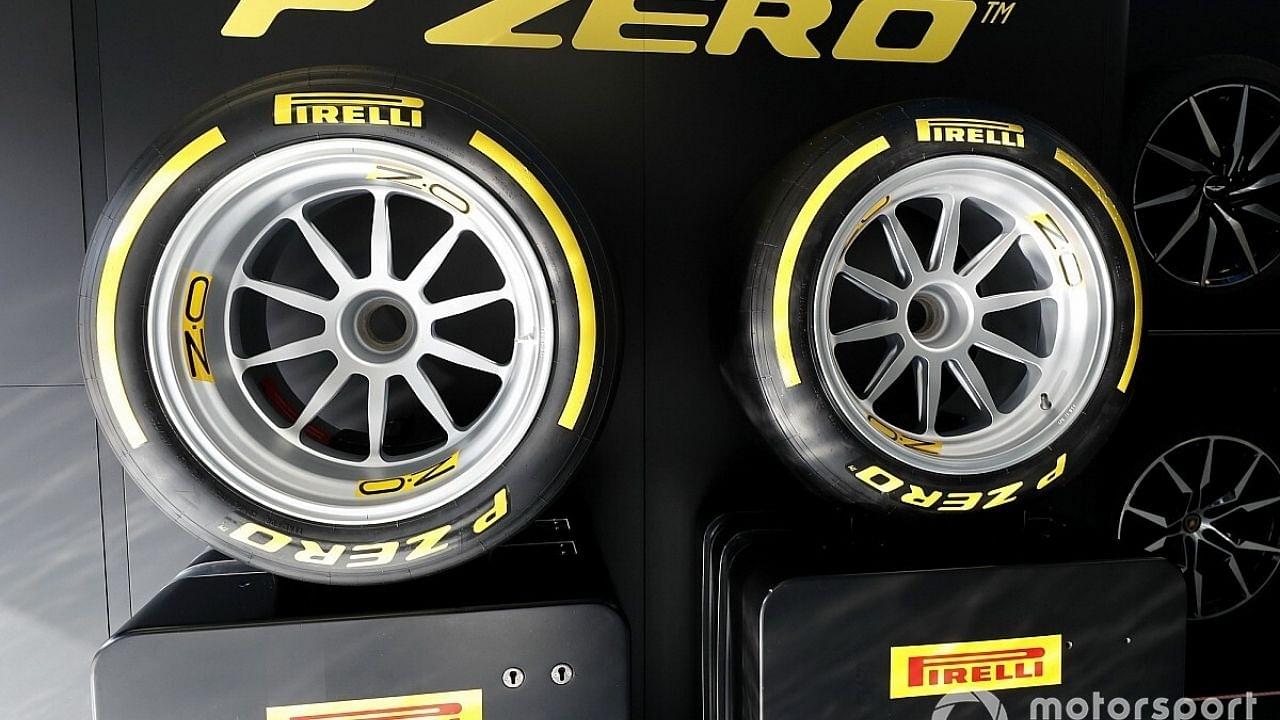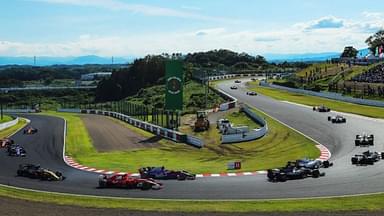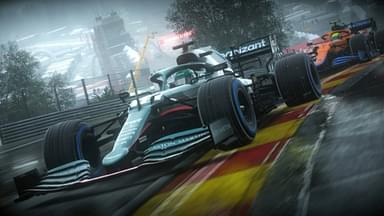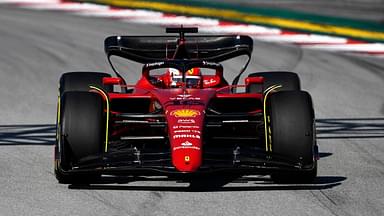With all-new car design and regulation changes, let us look at how the new Pirelli 18 inch tyres can impact the new generation of F1.
The new 2022 renditions of car design are just around the corner. We have all heard the radio communication of drivers notably Lewis Hamilton complaining about the tyres.
The old era of Formula 1 cars have relied more on tyre grips than engine power. Let us look at how the new Pirelli 18 inches will change the sport.
Pirelli’s test campaign for the new 18-inch F1 tyres that replace the current 13-inch size next year concluded yesterday at Paul Ricard, which hosted the final wet tyre test with Alpine and Daniil Kvyat.
More than 20000kms driven, 10000 hours of development & 5000 of simulations pic.twitter.com/bsjv7em8MX
— Junaid #JB17 (@JunaidSamodien_) October 19, 2021
The new Pirelli 18-inch wheels are 60mm taller than the last generation 13 inch wheels. The increase in the rim size and taller height will play an important role in driver visibility. The large wheels will have a flow deflector, presenting aero issues, making it tough for the drivers to see sides.
More impact on the suspensions
The lower profile tyre with the larger rims will change the behaviour of the rubber which the drivers will have to adapt to.
Also Read: Christian Horner reveals drivers he thinks are going to dominate Formula 1
“Tyre squirt” has always been a challenge. The lower air energy will make it difficult for the cars to create downforce. Larger wheels require larger wheel arches making sidewalls narrower with increased height.
The tyre sidewall is the cushion for the car and is the first point of absorption for impacts and vibrations on the track. That absorption mostly happens through deformation of the sidewall and the taller sidewall is the more it can deform. The new tyre’s sidewall is 135mm compared to 2021s 170mm. This will give more impact on the suspensions and the drivers have to be careful on the track.
With a cleaner underfloor with minimalistic designs, teams will have to find solutions on sidewalls heights and tyre stiffness throughout the race.
What Pirelli’s 18-inch wheels change for F1’s designers Tech News As … https://t.co/wnanN1LXw3 pic.twitter.com/G2fqYUx1fp
— Newsycanuse (@Newsycanuse1) January 27, 2022
Resolving temperature issues with better tyre grip
Extra pitstops have been a trend during the 2020 and 2021 seasons due to the wear and tear of Pirelli’s tyres.
The higher temperature of rubber generates more grip on the track. However, if the tyre gets too hot then it can degrade. The heat can either change the chemical compound of the rubber. This leads to thermal degradation or the heat can physically destroy the rubber, leading to graining and blistering. Both result in less grip and therefore slower lap times.
Although this has amazed the audience, it has also created tensions among the team. In 2022 Pirelli has helped the teams with tyre management. The tyres are stiffer with a shorter sidewall. They feature a new construction in an effort to resolve some of the temperature issues teams faced on the shoulder of the tyre leading to less thermal degradation.
The drivers can be rest assured to drive quicker and not worry about the tyre management part.
Lewis Hamilton wins BritishGP at Silverstone with shredded front-left tyre. Brilliant drive once again! pic.twitter.com/LalHaeYWTy
— Robert Michaels RIBA (@RobertM68191528) August 2, 2020
Tyre blanket temperature decrease and heat absorption in F1
The maximum temperature of tyre blankets has been reduced from 100 to 70 degrees Centigrade. As the drivers exit the pitlane for their warm-up lap, they will have to heat the tyres more in order to get more grip out of it.
Hydraulic suspensions have been abandoned. They are now replaced by the classical sprung suspension arrangements which will provide the teams and drivers with different handling and data feedback.
BBS became Formula 1’s only single supplier of wheel rims. This means that any advantages of transferring heat between the rims and tyres previously by the teams are back to square one.
BBS Japan has unveiled its partnership with F1 at the Tokyo Auto Salon 2022. BBS becomes F1’s Official Wheel Rim Provider for 4 years.
📸 @AUTOSPORT_web #F1 #BBS #F12022 pic.twitter.com/aAx1DV7qAW
— Decalspotters (@decalspotters) January 14, 2022
Change in Brake discs and drum in F1
The external diameter of the carbon discs will go from the current 278mm to a maximum of 330mm. Teams will only be permitted a single set of discs and pads consisting of four discs and eight pads between the front and rear axles for each race.
Also Read: Alain Prost is sceptical that the FIA will sort out nuances in rules before the start of the season
These modifications have very clear implications for the disc designs and their proximity to the wider wheel rims, with extra design issues feeding back into the brake duct design as well.
Besides, small gains can be derived from this area for the teams. The transfer of the heat generated under braking might still prove pivotal in managing the tyres temperatures.
An increase in the size of the brake drum matches the wheel size as shown in the McLaren 2022 mule car. Moreover, teams can also gain an advantage with a space between smaller drum and wheel rim helping improve tyre temperatures.
The @McLarenF1 2022 mule car is a bit different to the rest (which are based on older cars). As the team switched from Renault power to Mercedes for ’21 it could not realistically use an older chassis. So both cars at the test are based on the MCL35M. (mini thread) #F1 #Formula1 pic.twitter.com/3wrodeoCH3
— Cllr Sam S Collins (@NorthHertsSam) December 14, 2021
The new generation cars will be unveiled next month and we can not wait to see the changes in car design and how the 18 inch Pirelli tyres impact car performance.




